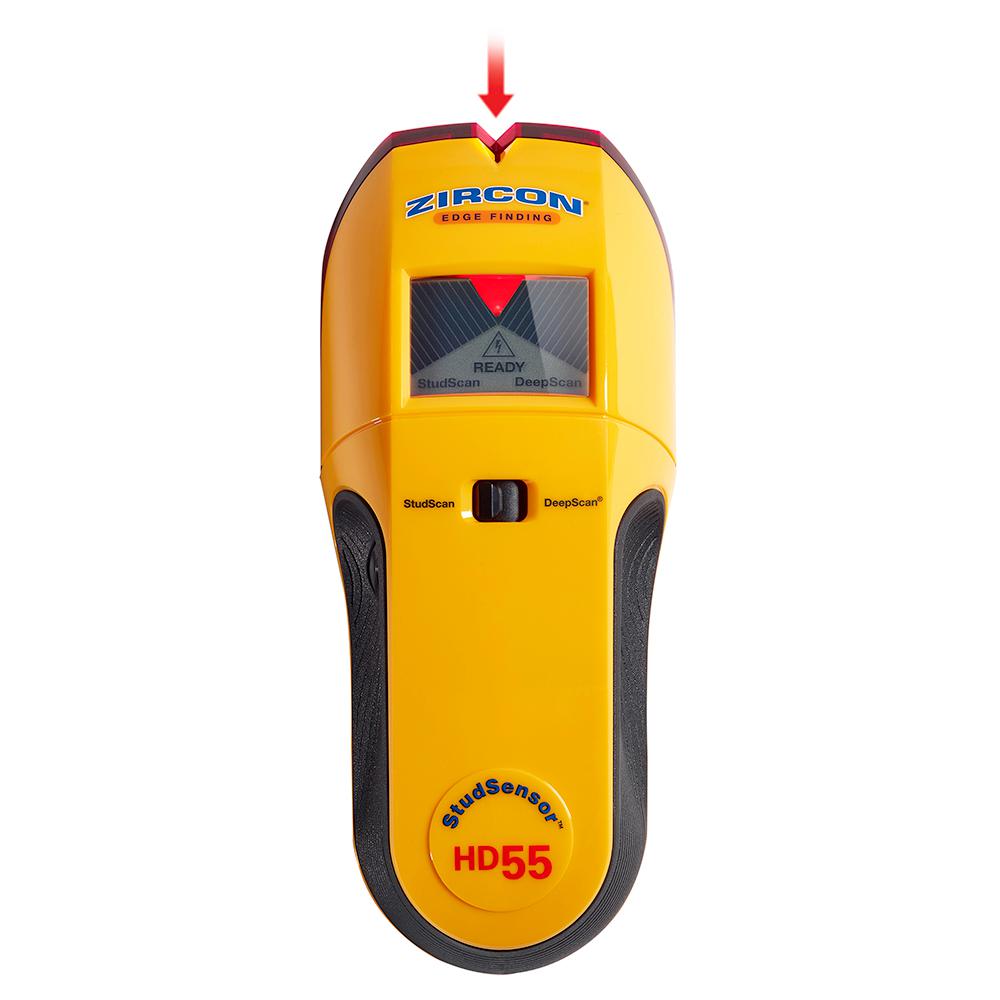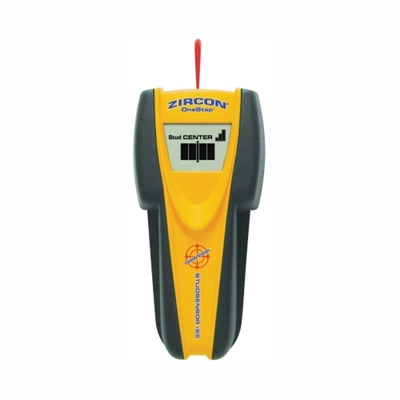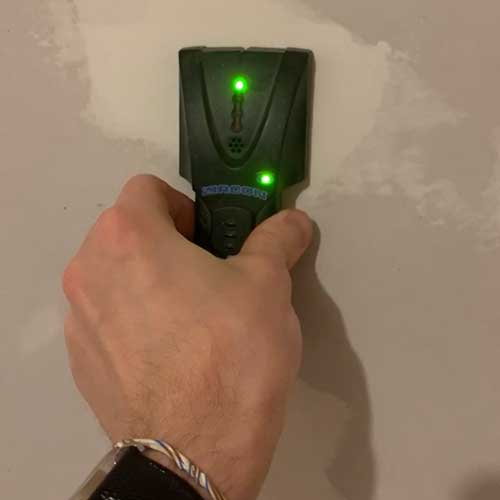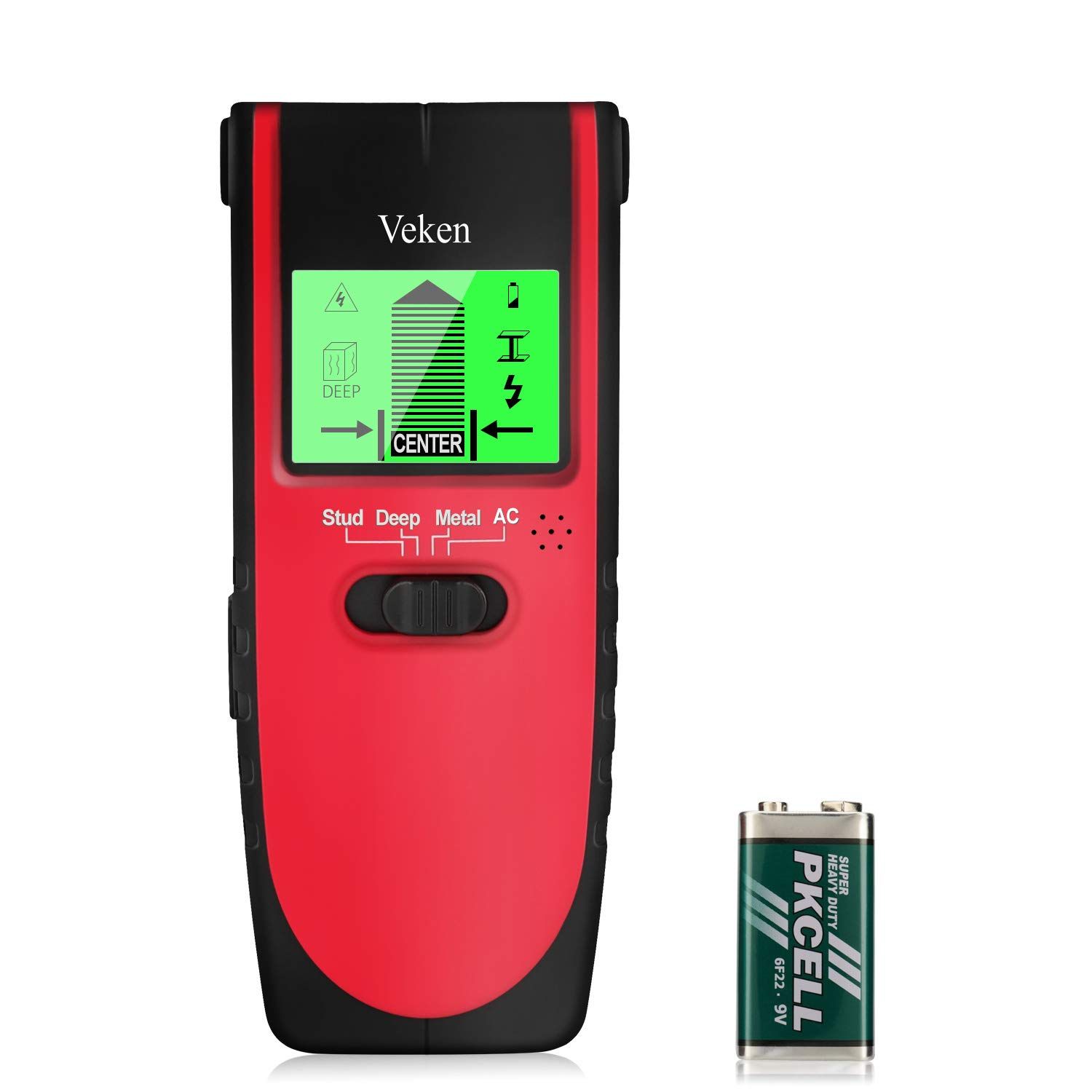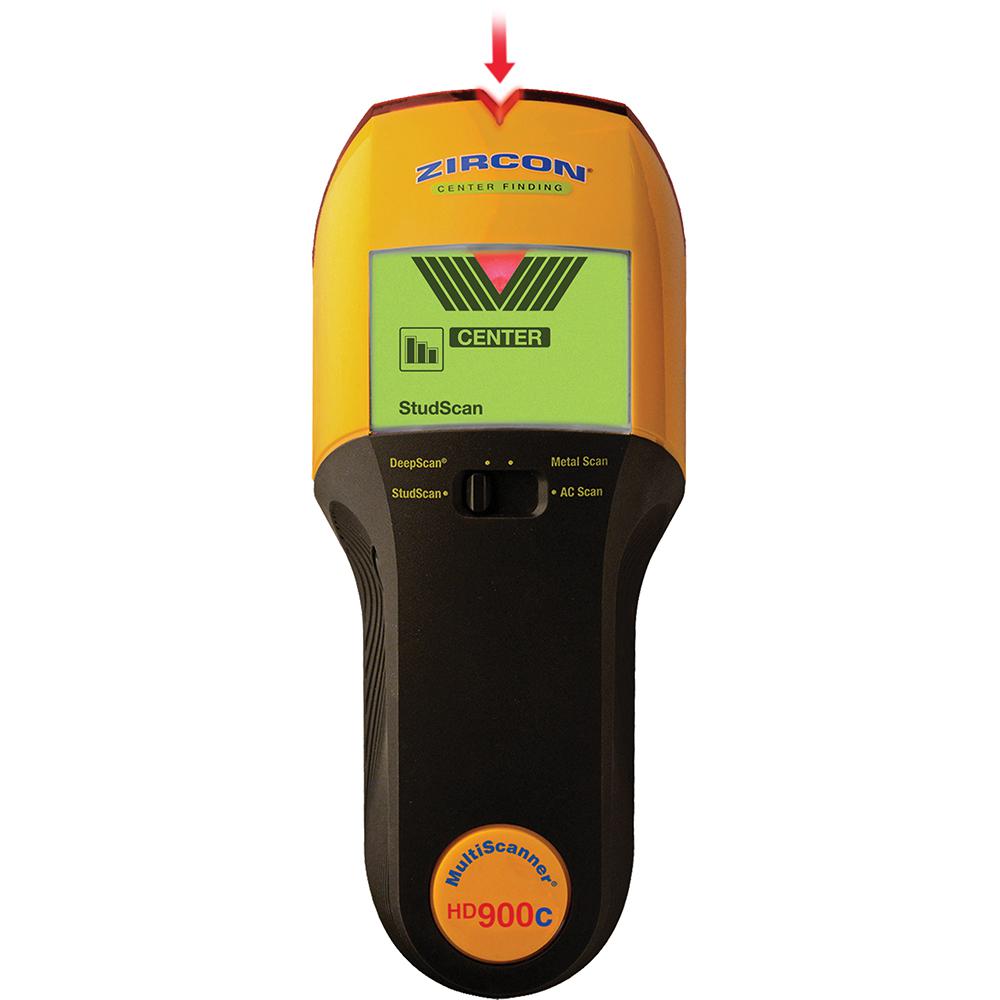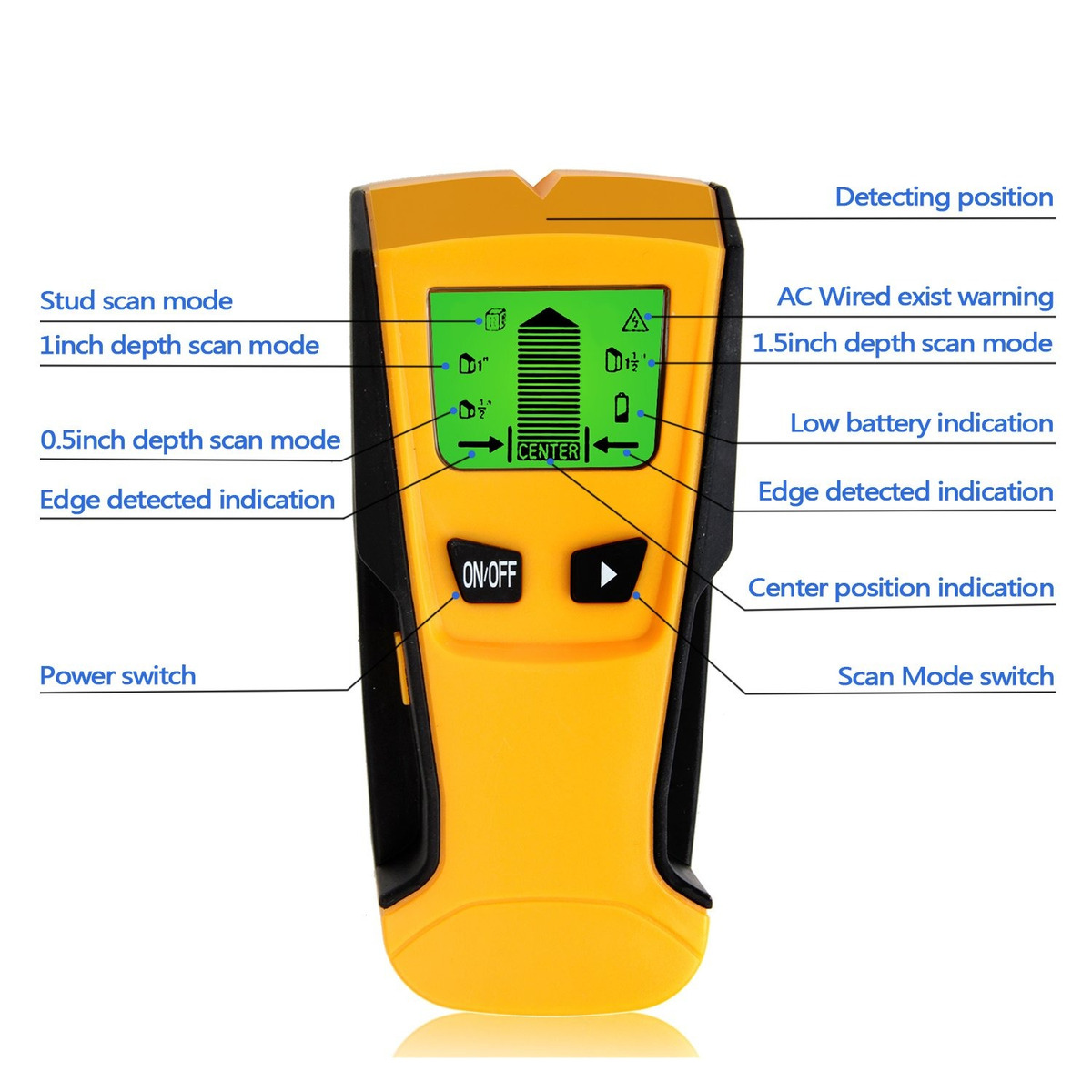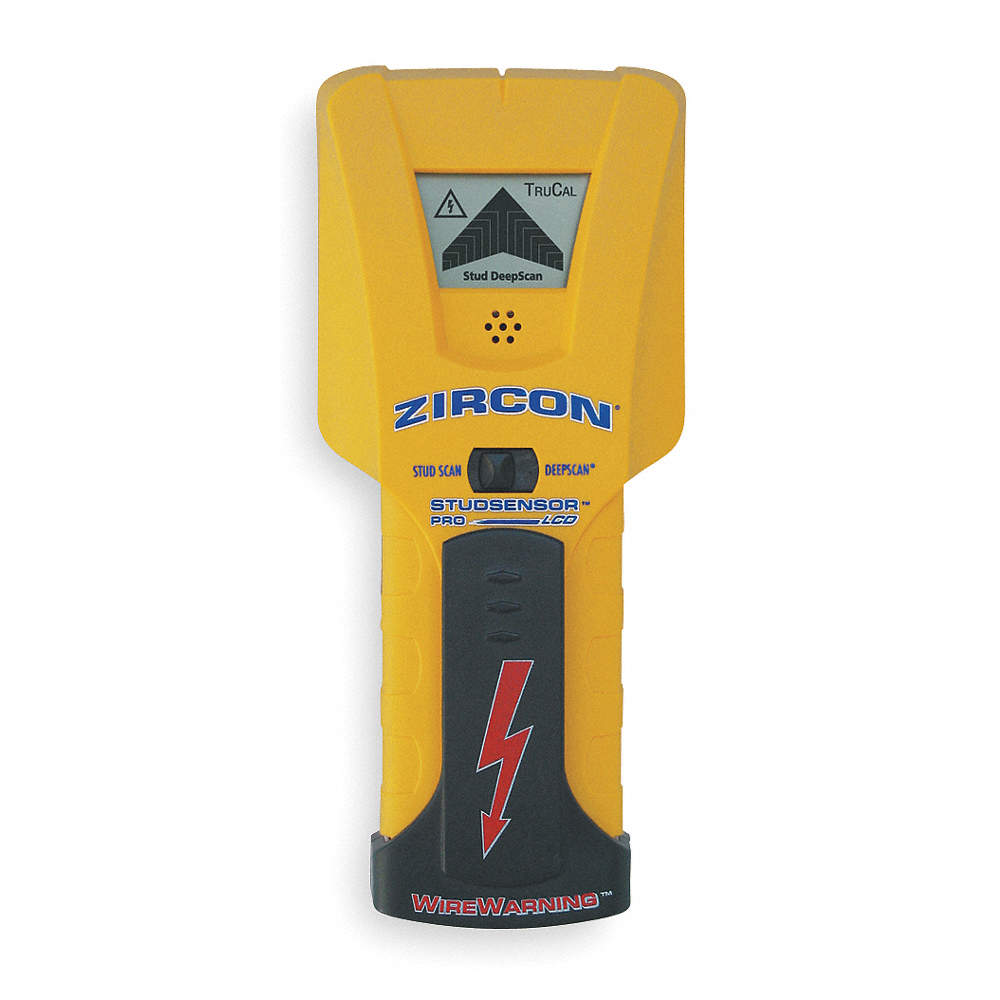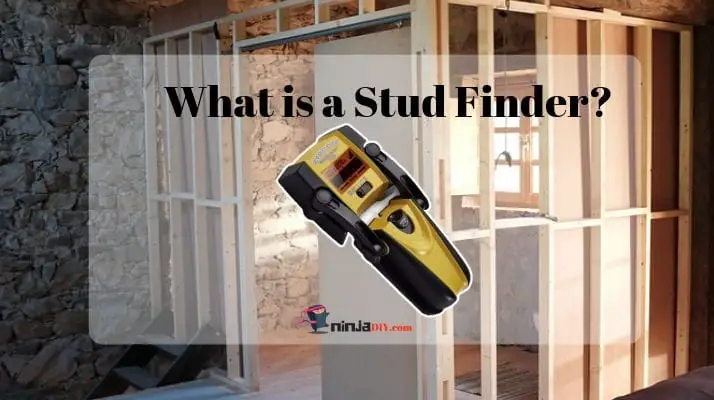How to use a stud finder. A stud finder is a valuable tool that makes the job of finding studs behind a wall very simple.
The Best Stud Finder You Can Buy Business Insider
Purpose of stud finder. Detect where support areas like studs and joists are along the wall. Then press and hold the button while keeping the unit still until calibration is complete 1 2. Its two scanning modes locate the center edges and direction of wood or metal studs. While holding on the button move it along the desired surface. The stud finder 4 in one electric multi function wall detector stands out among regular devices with modern and efficient features. A stud finder is a small device that allows the user to identify where wooden or metal beams are located behind walls.
Studsensor hd70 stud finder. A stud finder also stud detector or stud sensor is a handheld device used with wood buildings to locate framing studs located behind the final walling surface usually drywall. Before there were stud finders either you pounded a small nail into the wall until you hit a stud or you used a small pivoting magnet. Magnetic stud finders use powerful rare earth magnets to detect the location of metal screws or nails that hold the drywall panels in place. The studsensor hd70 onestep stud finder takes the the studsensor hd70 onestep stud finder takes the guesswork out of finding the stud center. If your stud finder seems to be picking up things between the studs it could be detecting metal or plastic plumbing components electrical boxes or wiring or metal ductwork.
While there are many different stud finders available most fall into two main categories. On the front of the device is a suitably positioned button for changing to the various scanning modes. Thats why a stud finder is so crucial. Magnetic stud detectors and electric stud finders. It is ideal for use on non textured walls drywall wood flooring or subflooring. Often sheet rock without a stud behind it easily yields to even a pushpin.
Some finders provide basic detection capabilities that are good for just walls. Even though your tool indicated that it located a stud right where you need it a stud finder can signal false positives when there is metal piping or flashing or brackets within the wall. Whether you are hanging pictures putting up a new set of shelves or getting ready to start an addition knowing where the studs are in a wall can be extremely handy. Others can be used on floors and ceilings. This can help the person to find good places to use nails or picture hangers. Place the device flat on the wall.
Power on the device and choose the scanning mode. All stud finders do the same basic thing.
